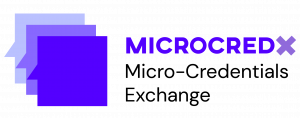Upon completion of the course, the student will know:
The main accessibility concepts and terminology, different stakeholders and their needs, principles of legislation, technologies to support accessibility ranging from traditional accessibility solutions to new ones such as AI and robotics, principles of accessible translation methods and digital services, how to apply theory to practical accessibility solutions

